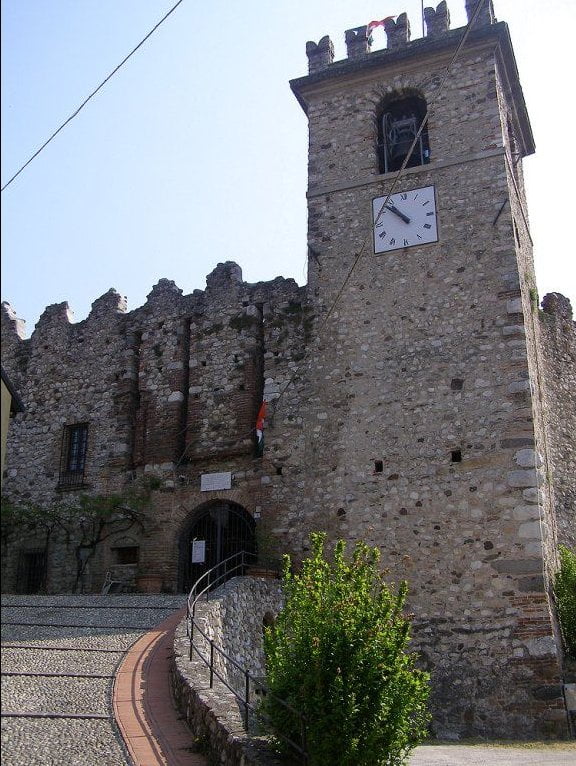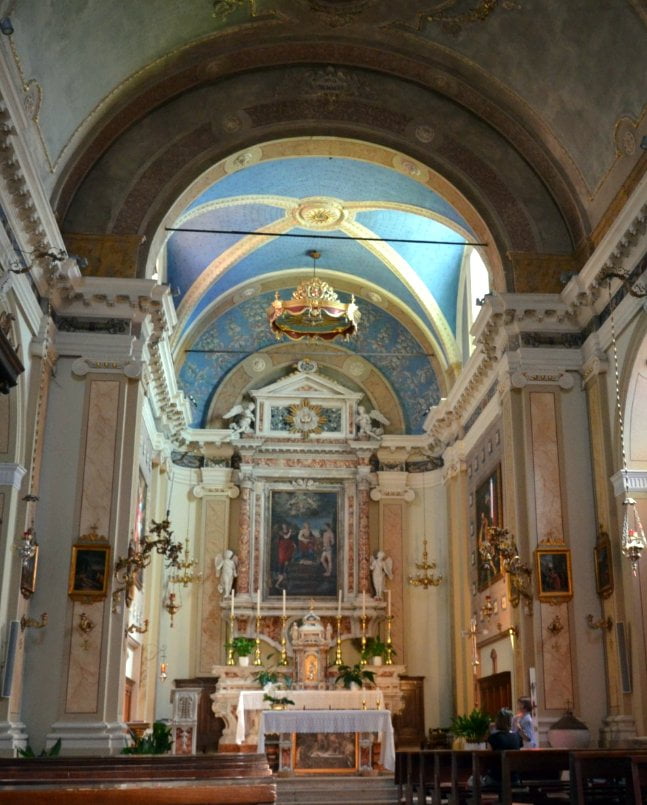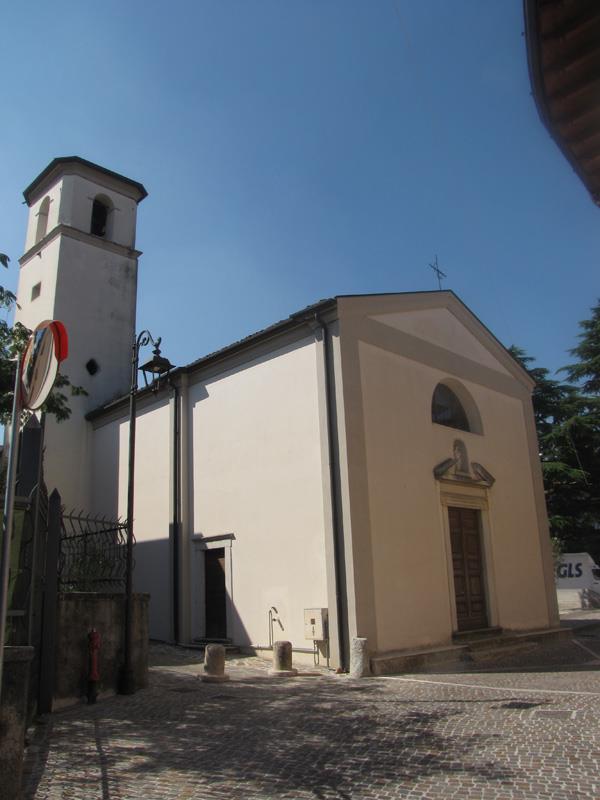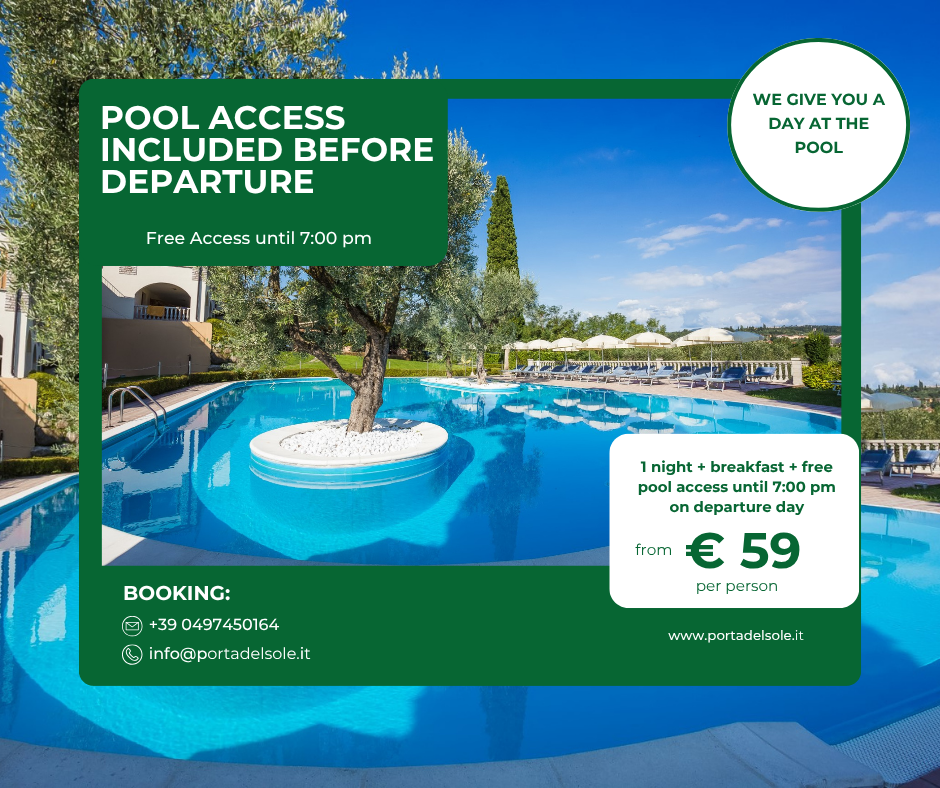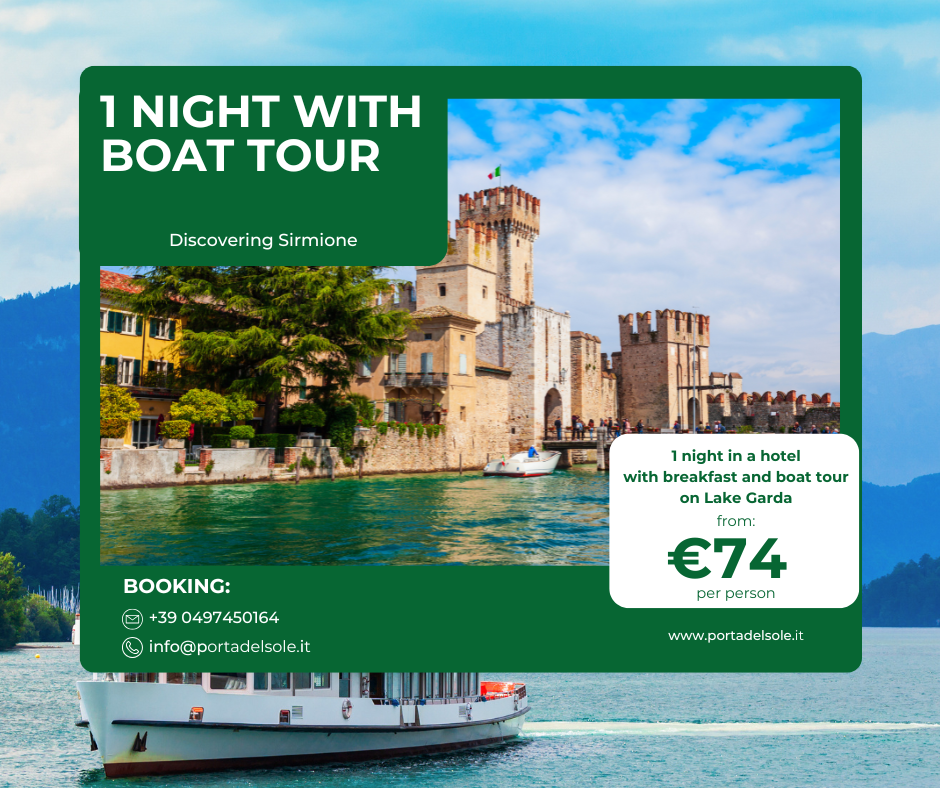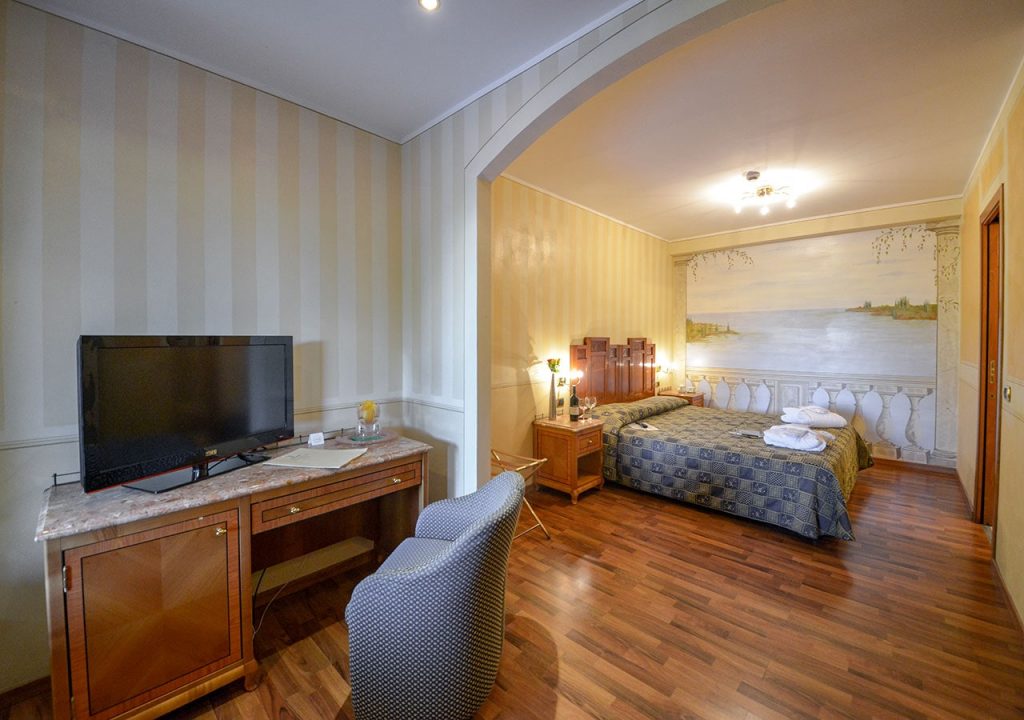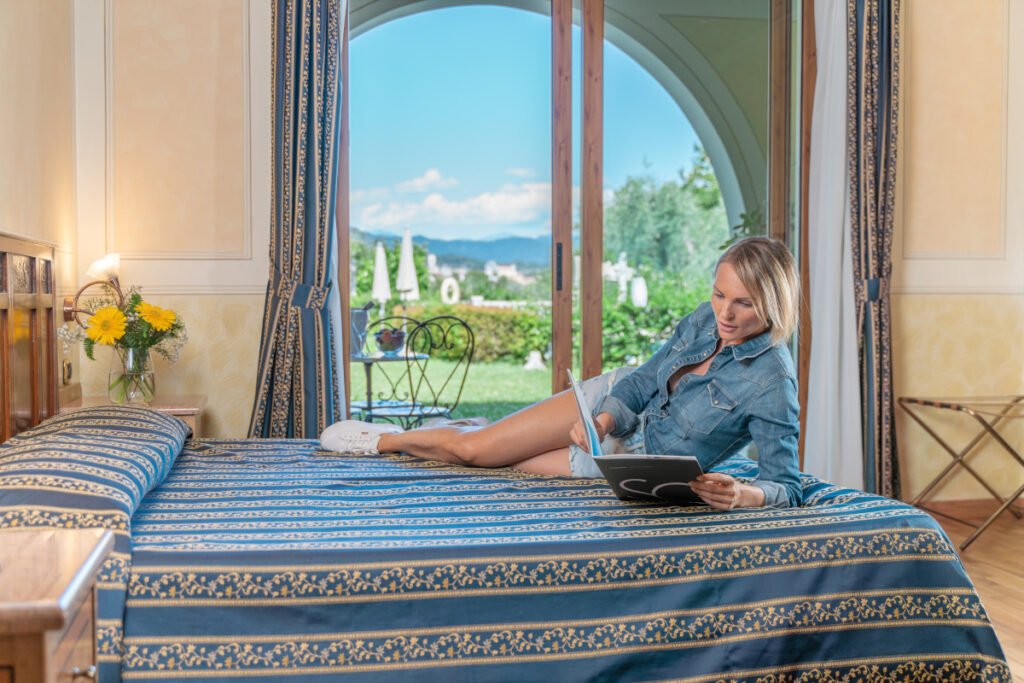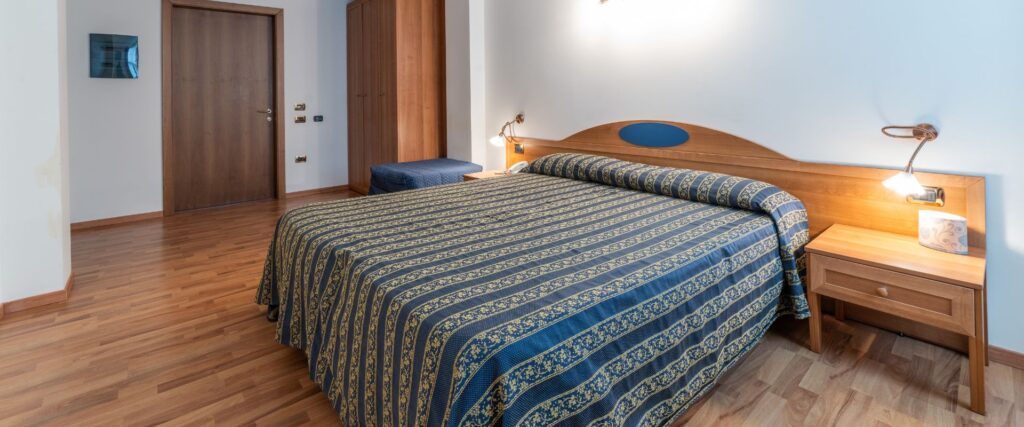The name “Soiano” comes from the latin “Solis Ianua” meaning “Gateway to the Sun” (Porta del Sole). Soiano is located in the hills of Valtenesi and allows visitors to enjoy the atmosphere of the village, its hospitality, events, culture and entertainment.
Soiano del Lago
History of Soiano del Lago
Some remains from the Bronze Age (stilts in peat-bogs of Chizzoline) testify to the presence of prehistoric man; marble inscriptions have been found dating back to Roman times and the suffix “ano” is clearly of Roman origin.
In 899 Hun populations destroyed many Roman monuments and buildings including a temple to Jove. The Castle was built after this invasion and battlements and walls were built in the upper villages of Valtenesi.
The Castle became the focus of the local community: both as defence and for peaceful meetings.
Generally representatives of the local communities of Chizzoline and Soiano met to approve laws, settle disputes and appoint administrators. In the Middle Ages Soiano was administered by the Bishop of Verona, following a donation by Federico I in 1134.
The first religious settlement was probably around 1300 by the Franciscan order which founded the convent of San Rocco, not far from Soiano, on the road to Padenghe.
In 1427, this and other villages in Valtenesi became part of the Venetian Republic. In 1735, fearing the advance of the Savoy armies, the village closed off the Castle. From 1928 to 1947 the village became part of Padenghe. The parish is still part of the diocese of Verona, whilst the Castle returned to the village authority. The community makes wine, oil and cereals. On August 15, the pageant of San Rocco takes place. On the last Sunday of September the patron saint S. Michele Arcangelo is celebrated.
Don't miss at Soiano del Lago
The Castle was built in the tenth century to defend against the invading Huns. It is located above the village at the end of a tree-lined avenue. In the Middle Ages it was a Ghibellina fortress contested by Brescia and Verona.
The outer walls are polygonal with a square tower in a trapezoid layout. Access is from the west over the bridge, next to the pedestrians entrance which is now walled up. Slits above the drawbridge can be seen above the entrances. The manor is on the right of the entrance, raised and transformed into a bell-tower.
A second archway was used for defence. At the beginning of the seventeenth century the tower had two bells, one large and one small, to notify the community of important events.
The Parish Church of S. Michele, built in the sixteenth century, contains an organ built by Antonio Franchino di Montichiari in 1694: originally above the main entrance, it was moved to the right at the beginning of the nineteenth century.
It has a gold-leafed wooden structure win baroque style. The altar is made of marble, in baroque style, and was inaugurated in 1790. Behind the altar, on the far wall of the apse, the oil painting on canvas is by Andrea Bertanza.
In Chizzoline: the Church of S. Carlo is in Lombard style, and was built in 1610 in honour of S. Carlo Borromeo, on the site where he is supposed to have stopped to talk to the crowds. The seventeenth century altar has sixteenth century statues either side, taken from the S. Rocco convent. The oil painting on canvas above the altar is by Andrea Bertanza. The Chapel of S.Elisabetta is private property: it has a Romanesque structure and was built using pre-existing walls. The chapel has recently been renovated. It contains the apse of the original church at the centre of the old monastery.


